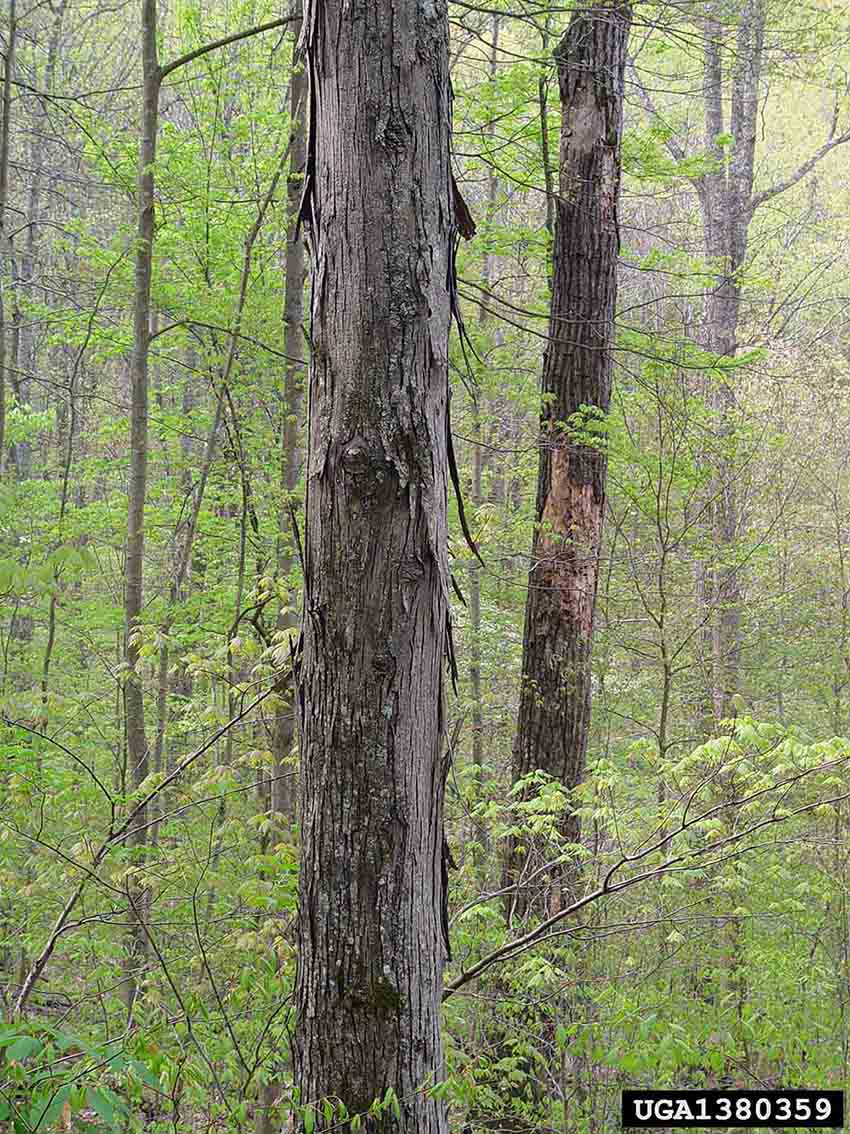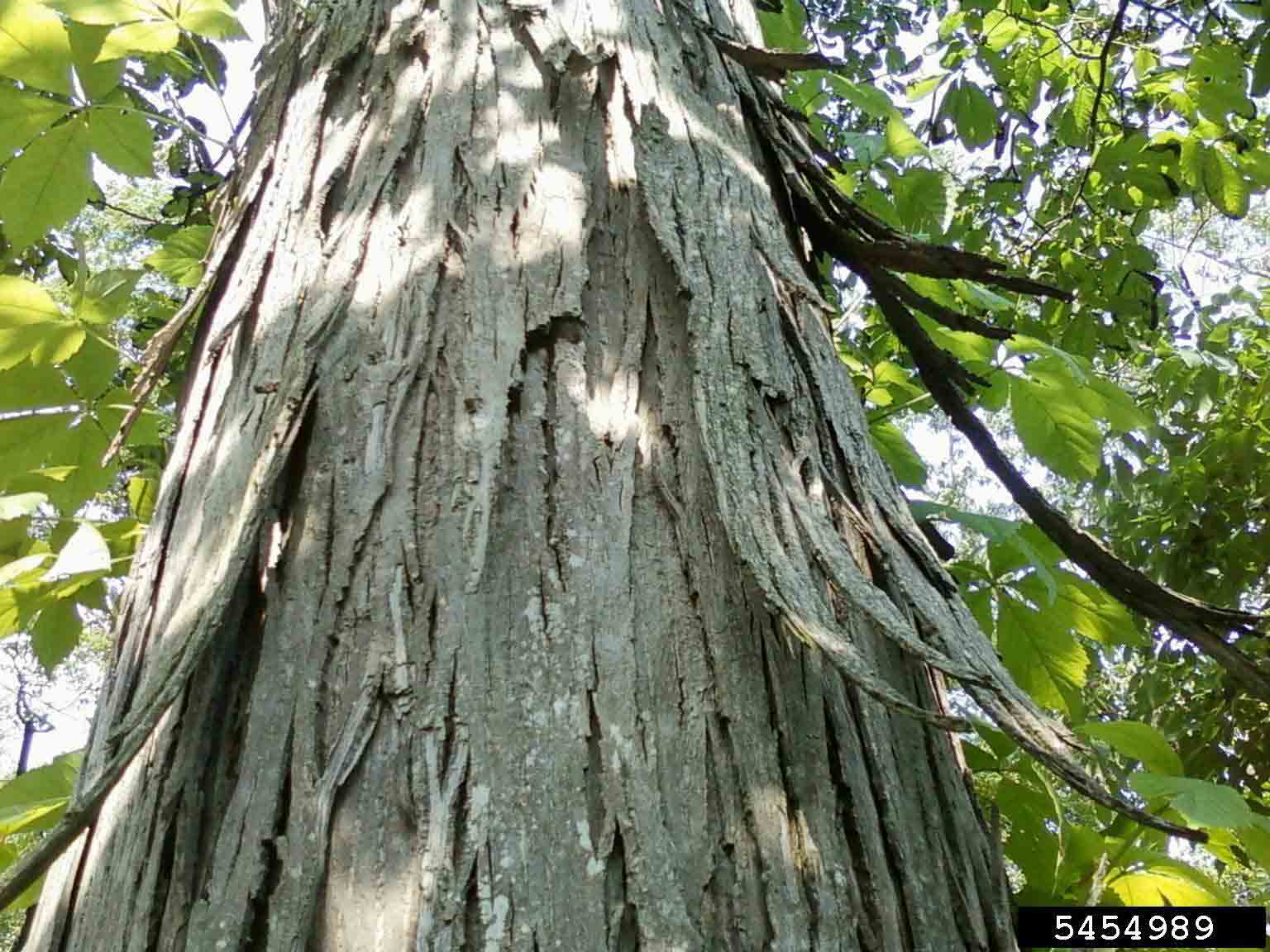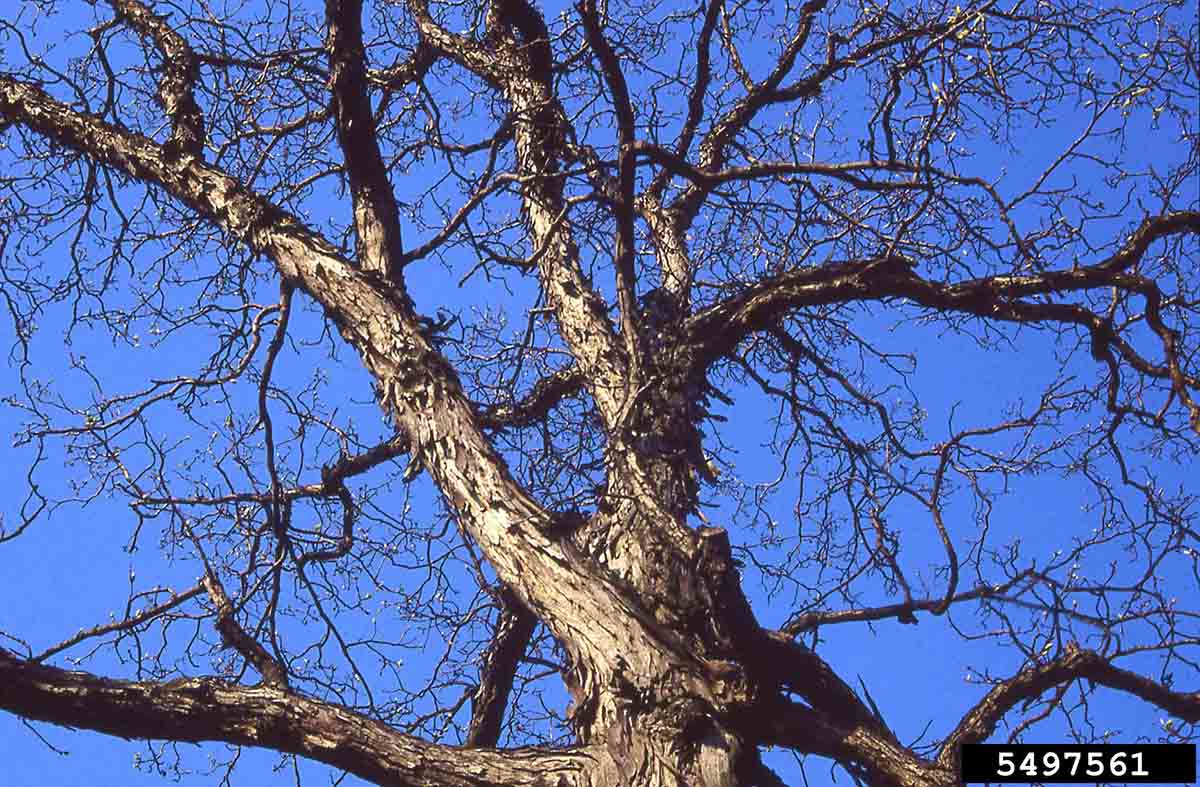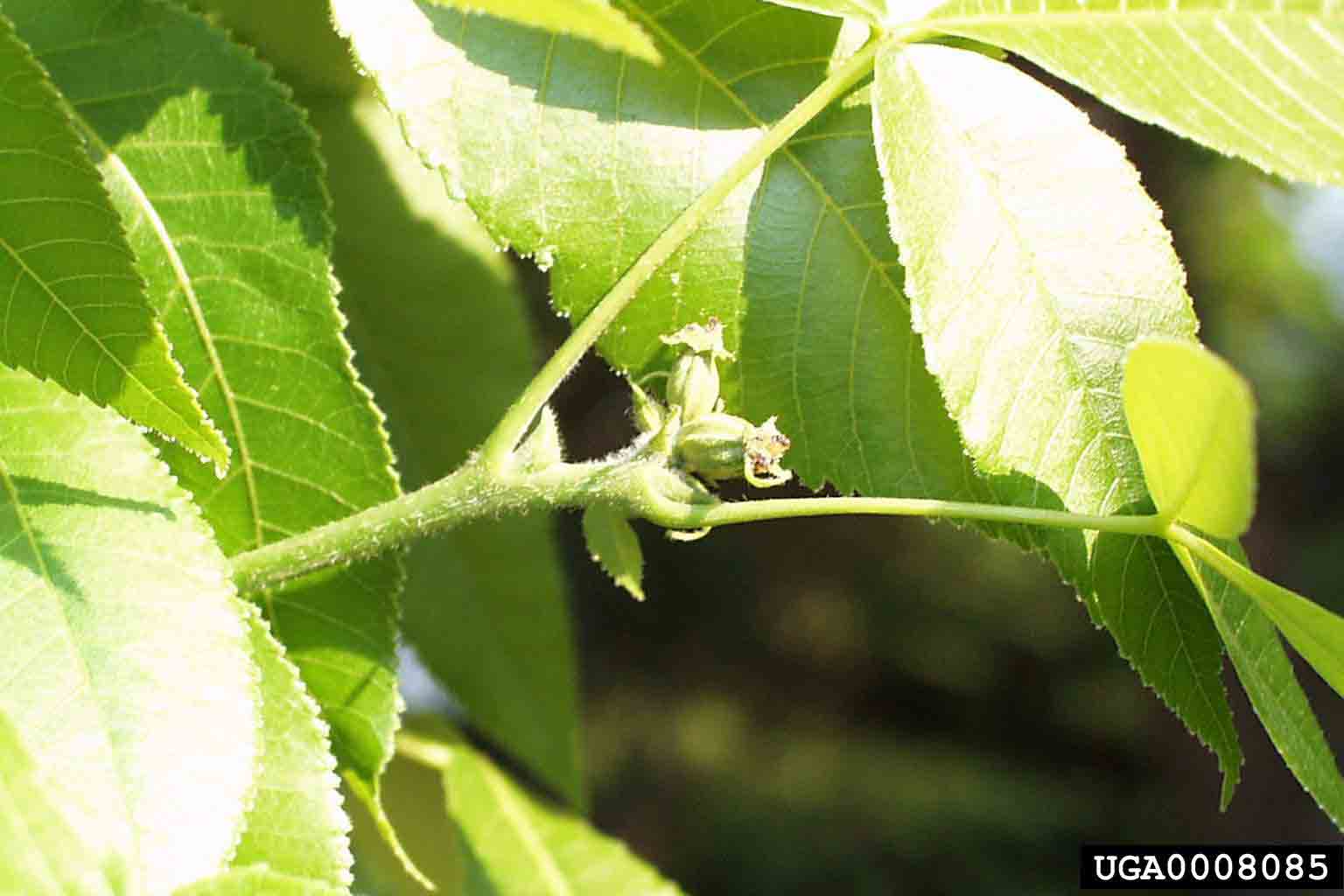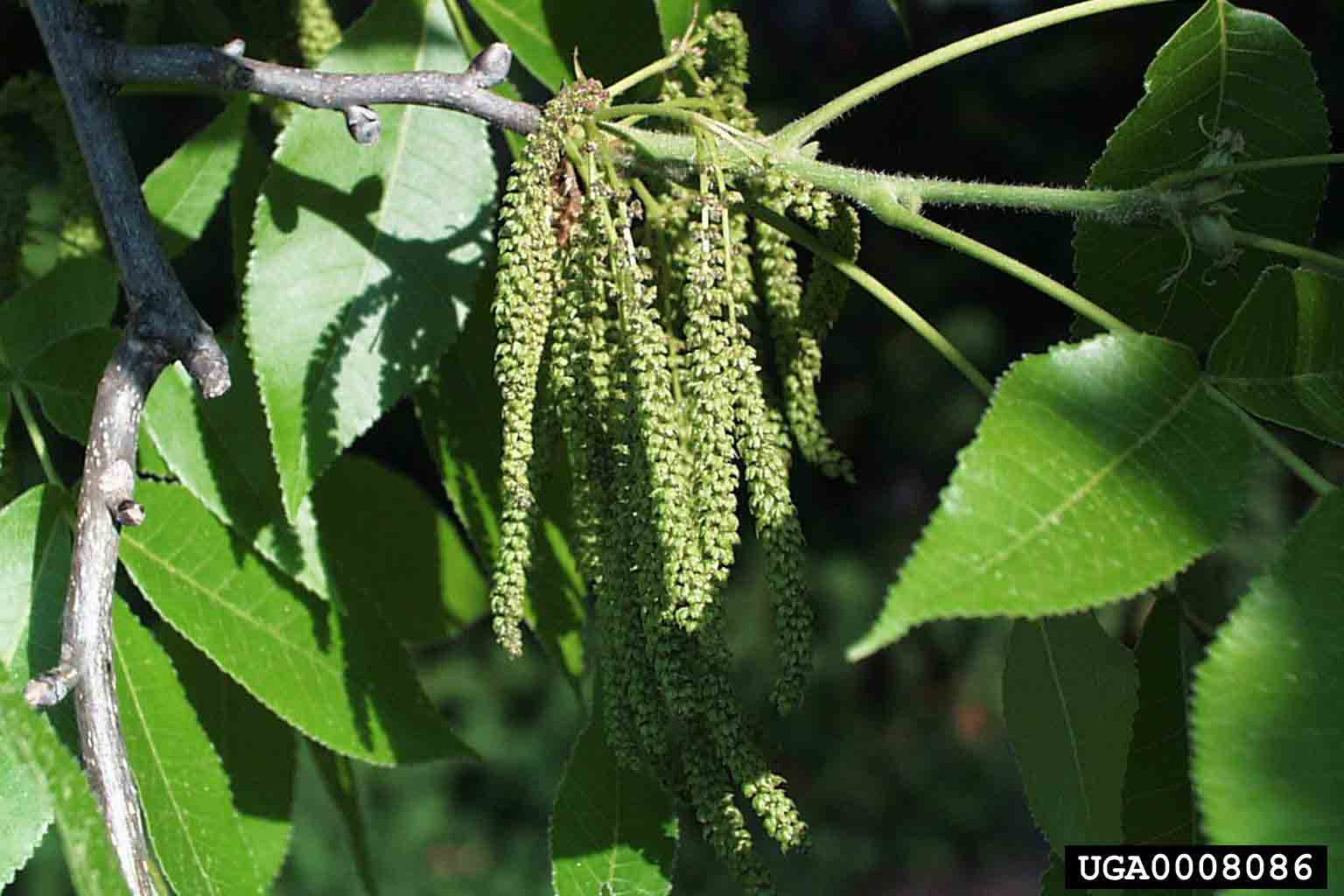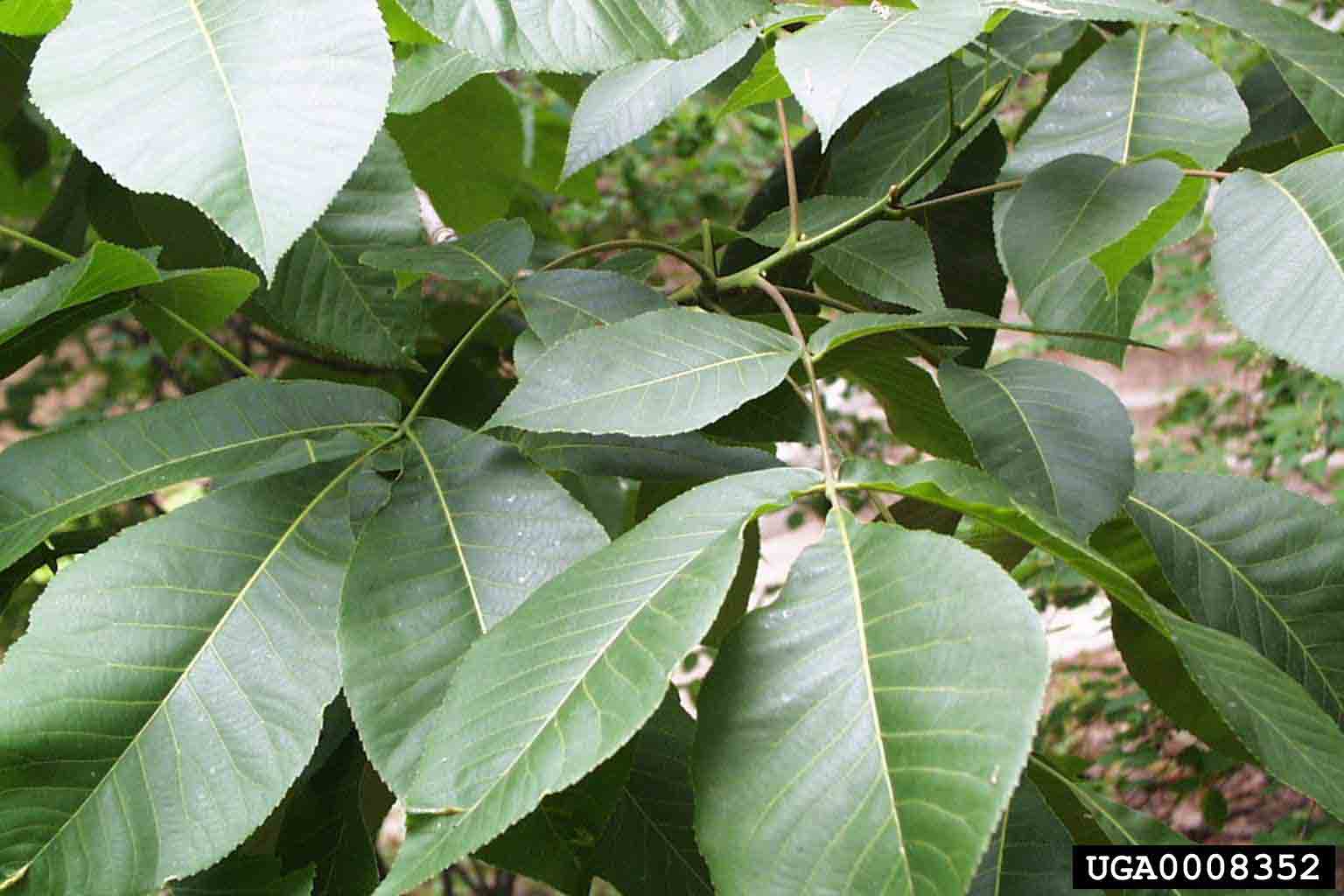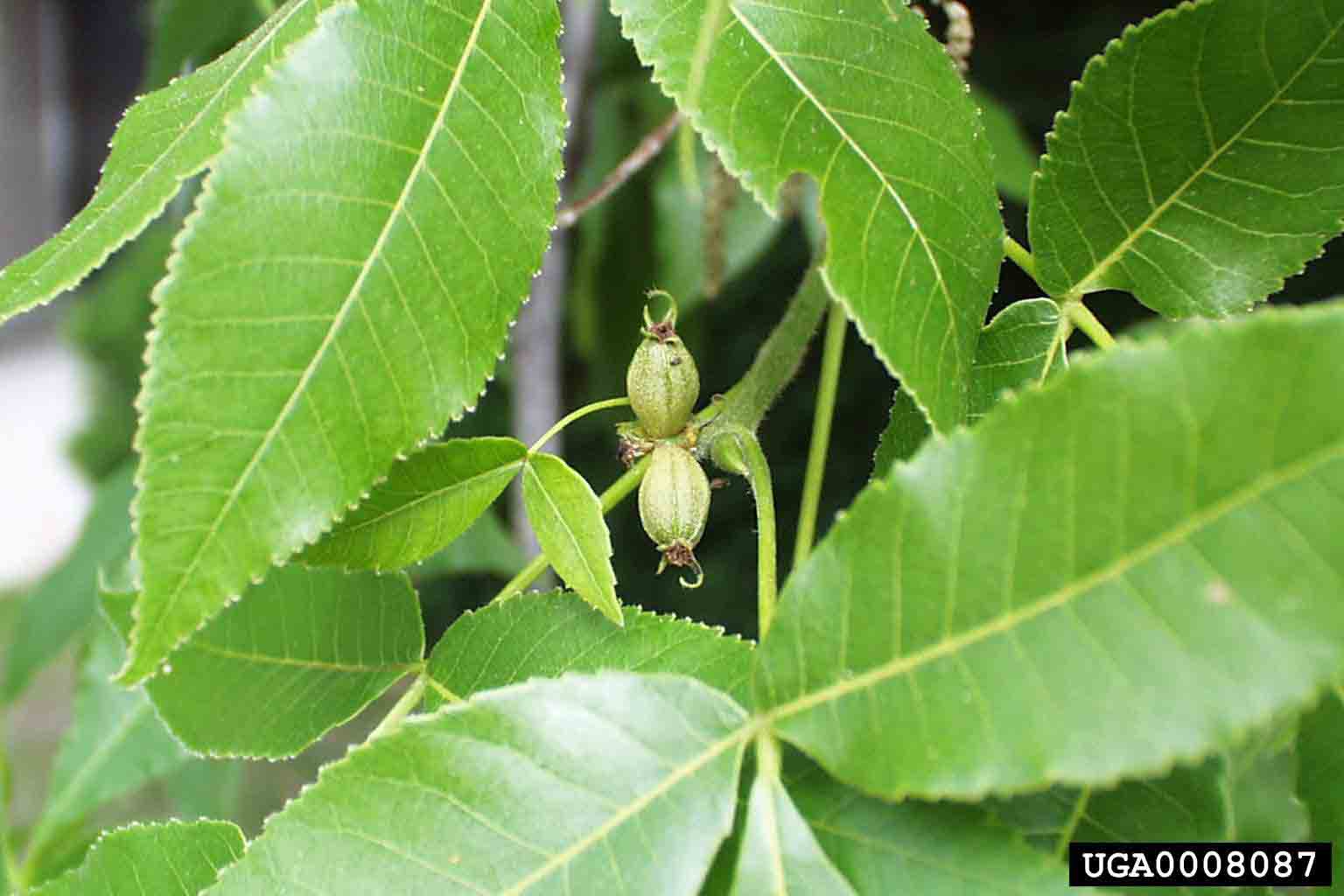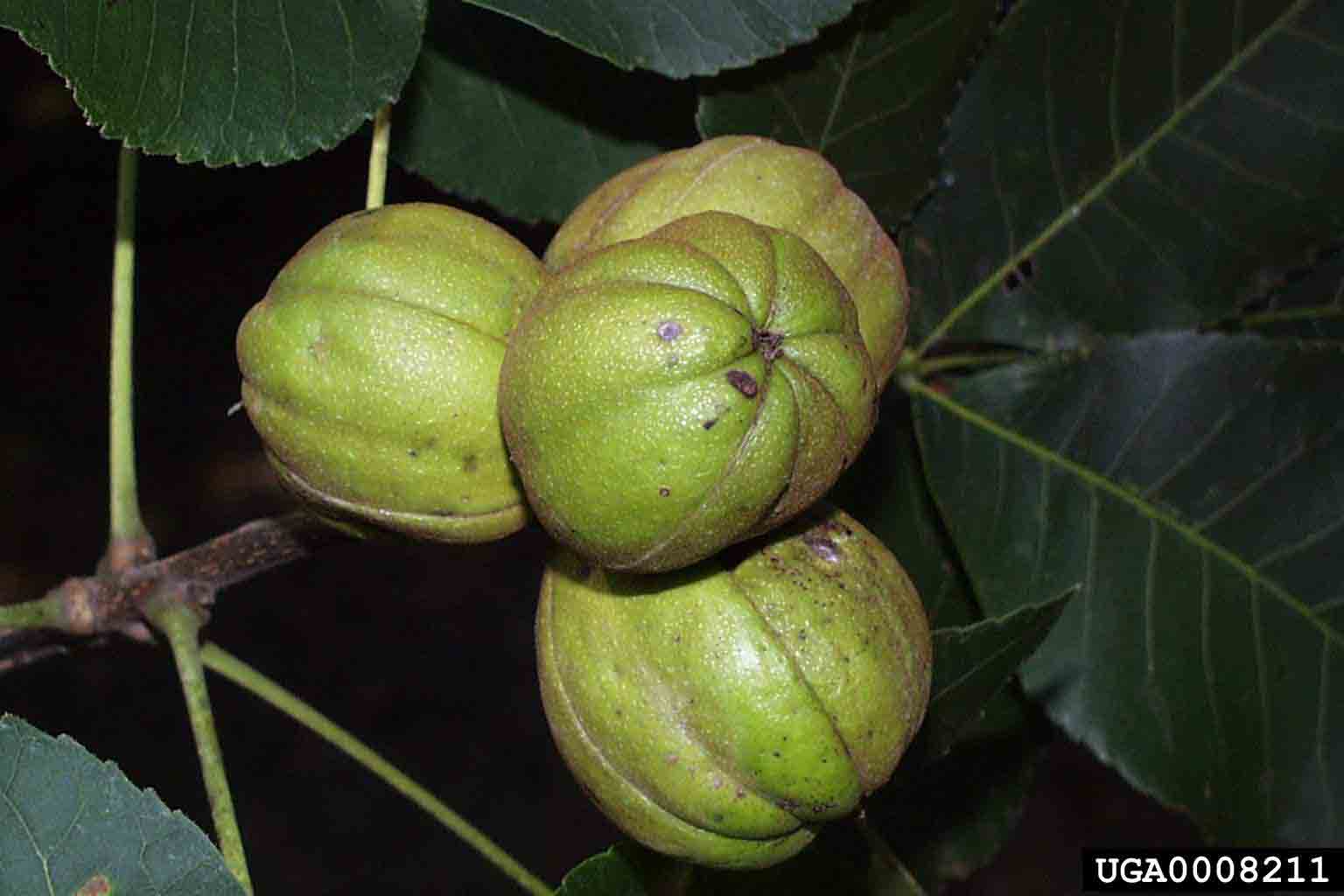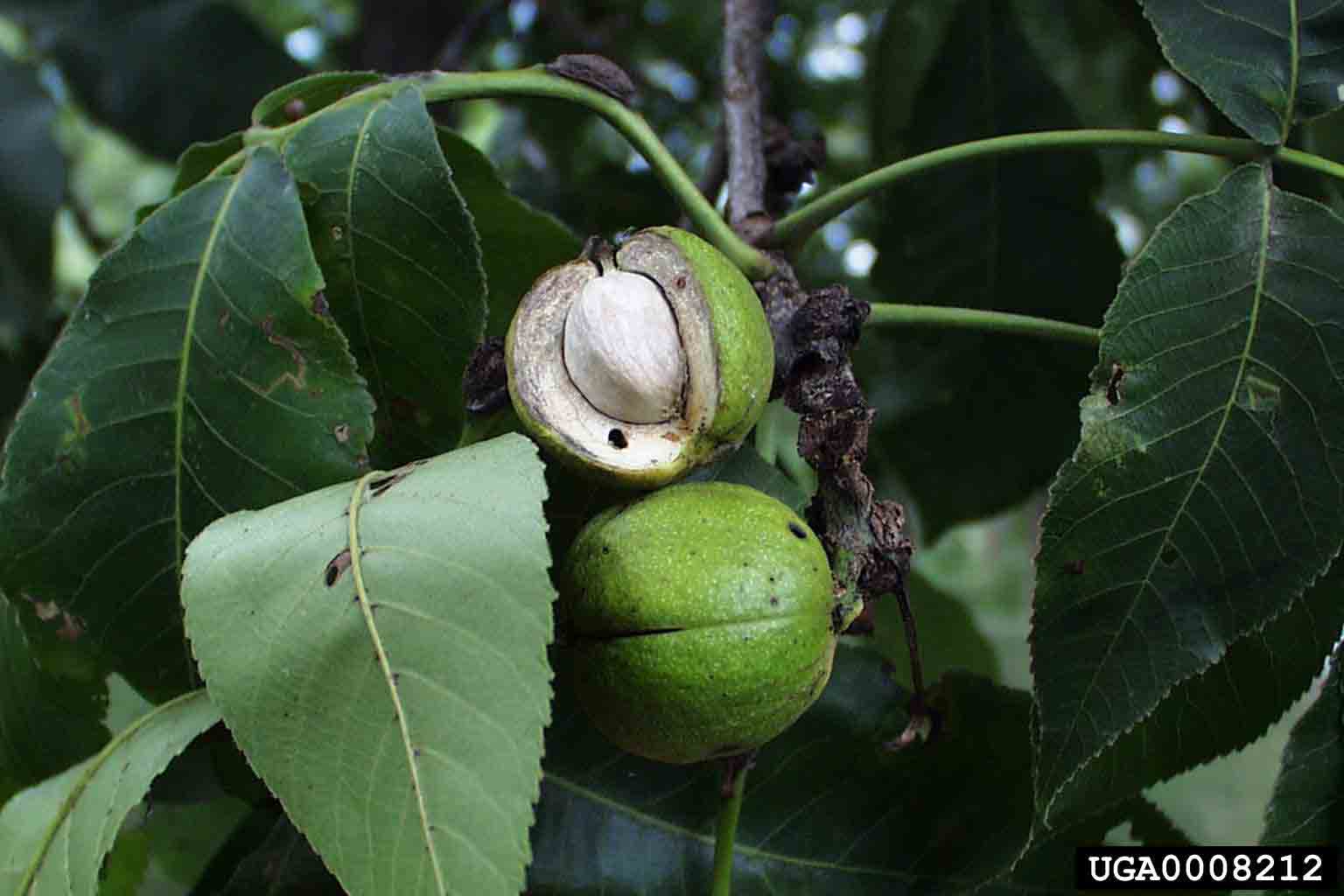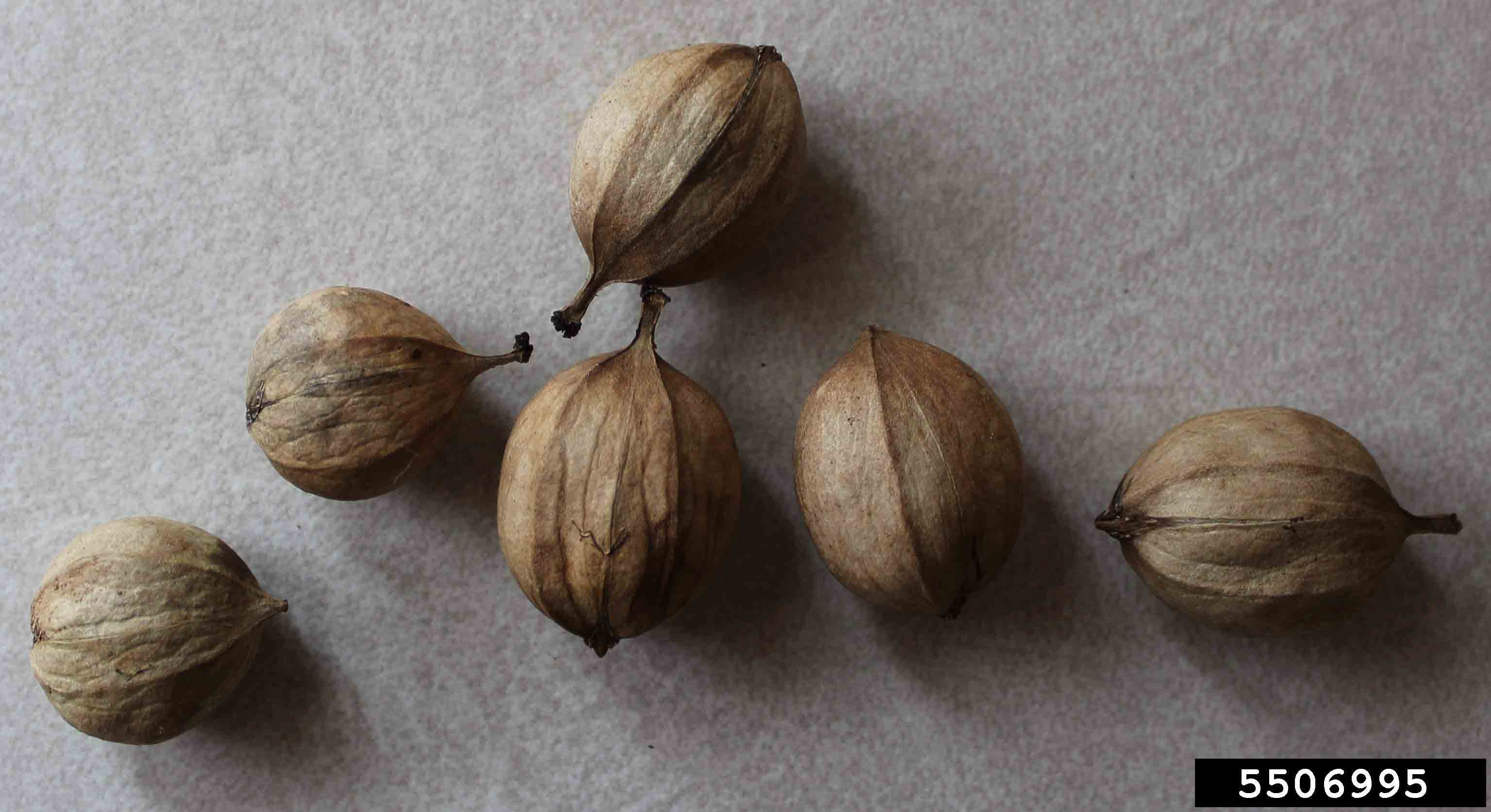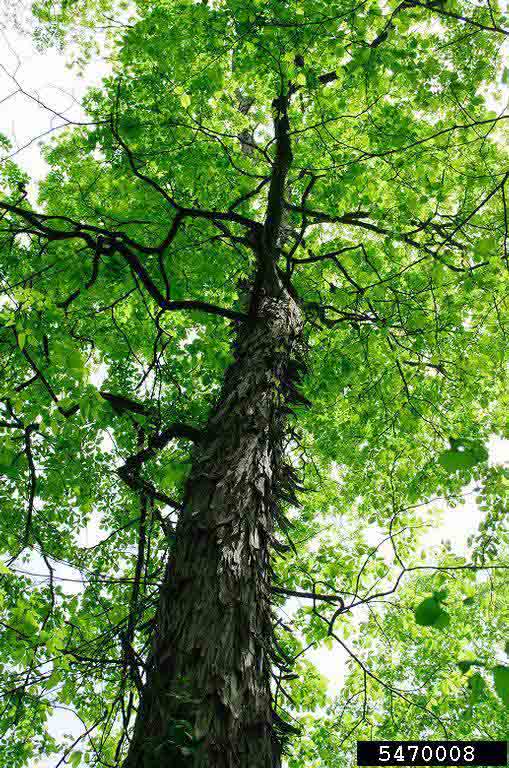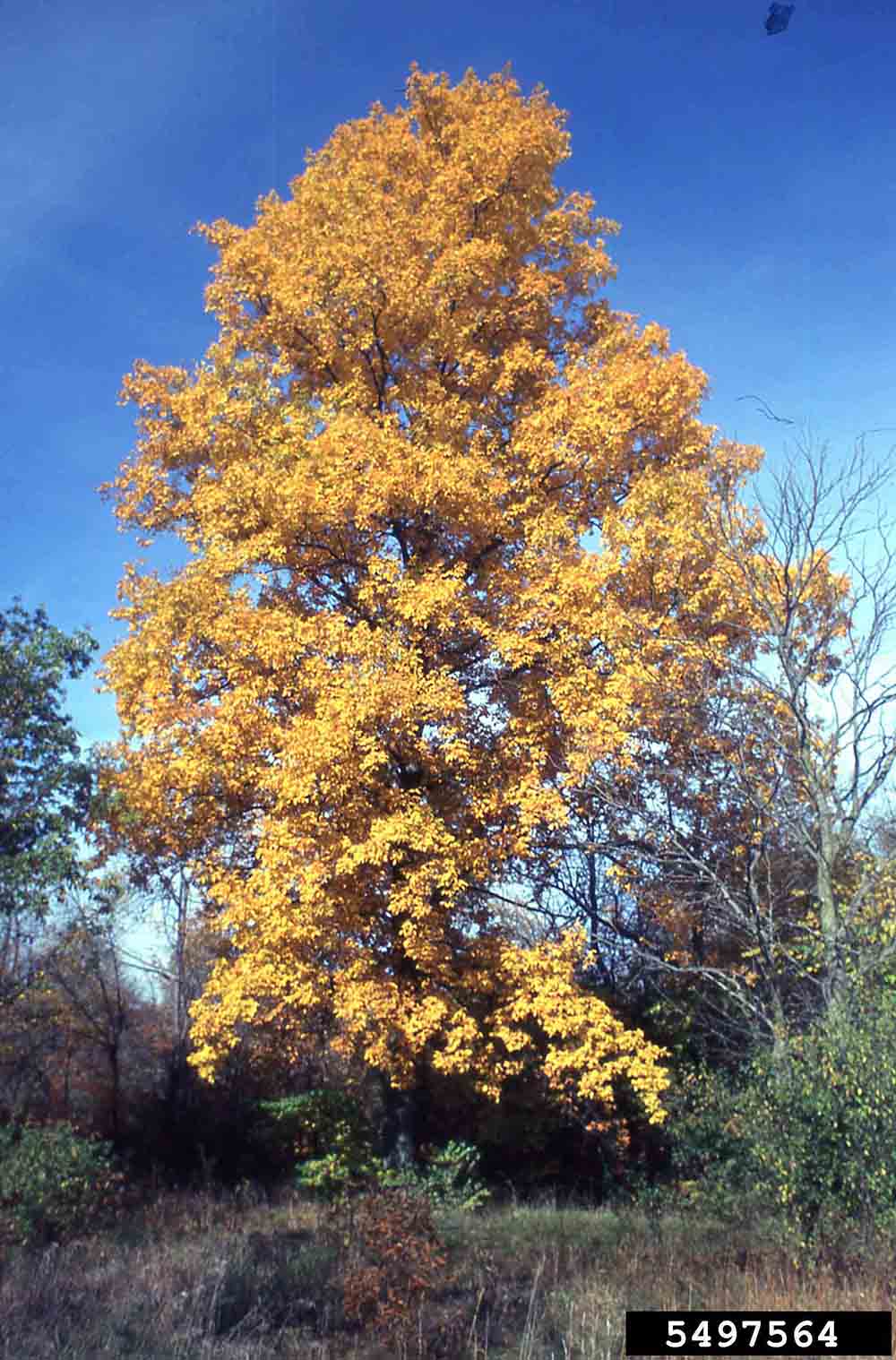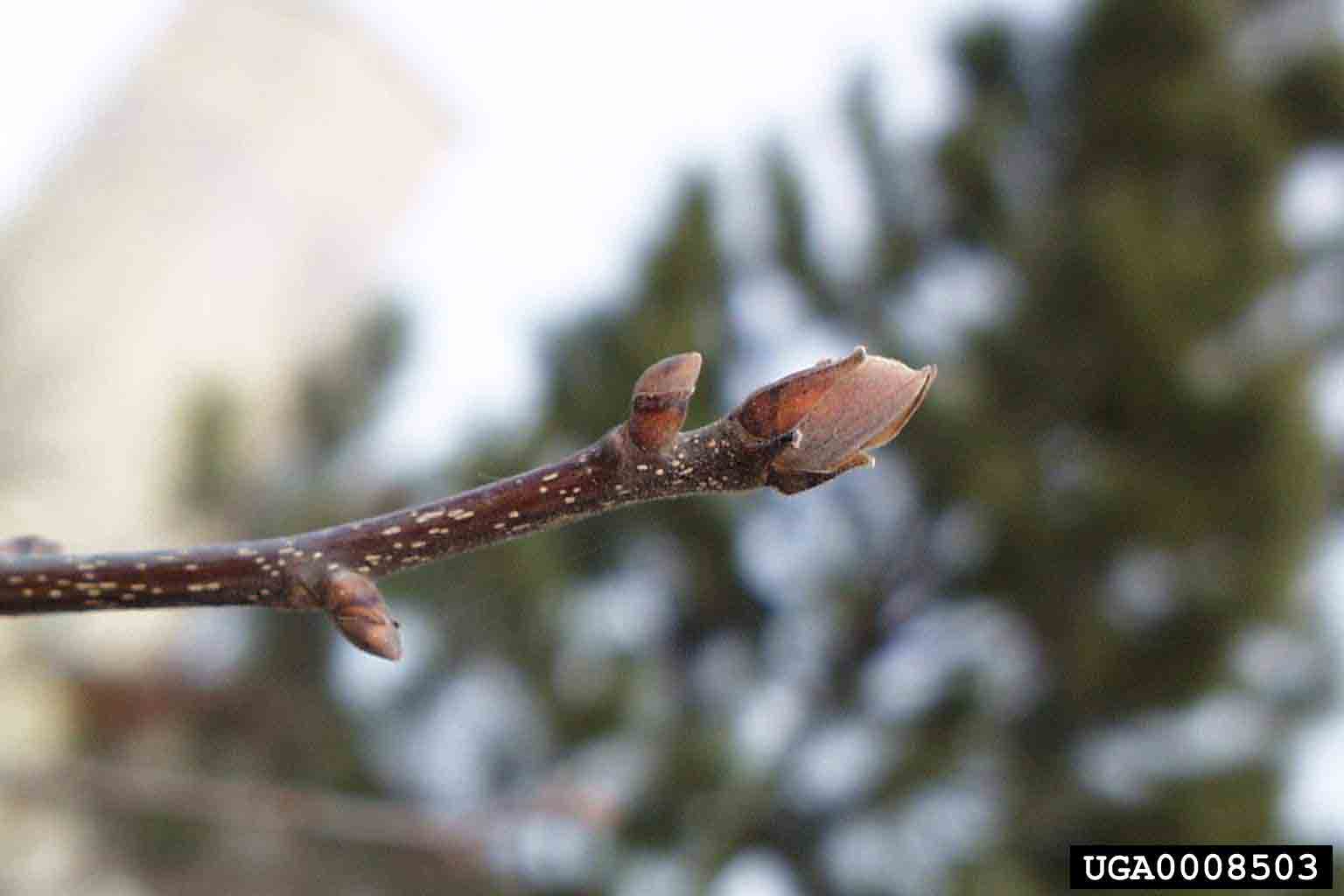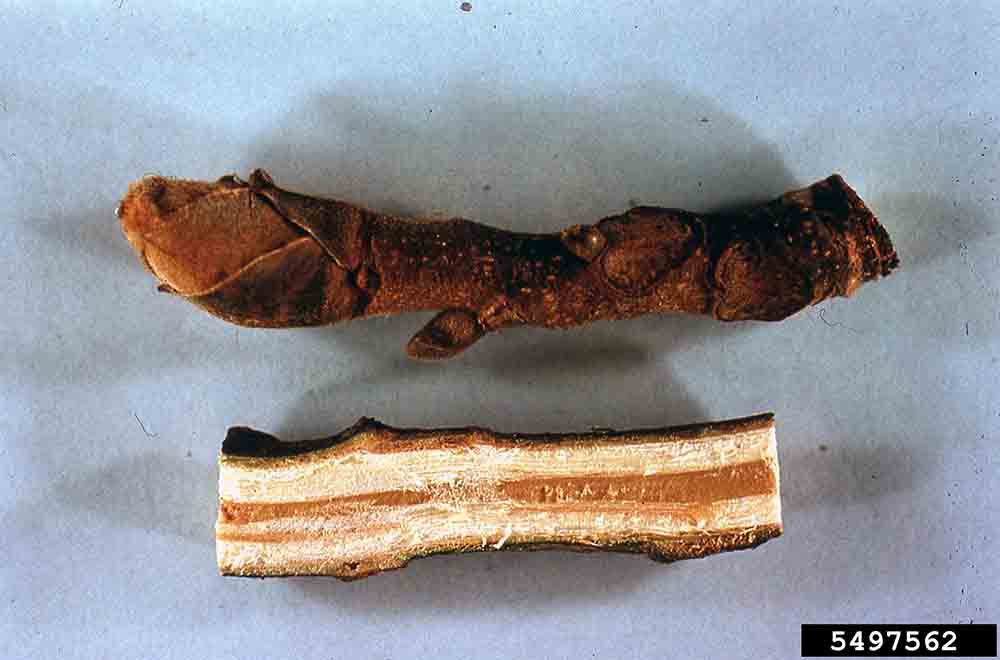Arkansas Tree Database
Shagbark Hickory
Shagbark Hickory
Scientific name:
Carya Ovata
Size:
up to 100' tall
Leaves:
alternate, odd-pinnately compound, 8"-15" long with 5 toothed leaflets
Flowers:
inconspicuous
Fruit:
single or in pairs, with very thick husk grooved at the seams, large, slightly flattened nut with sweet edible kernel
Fall Interest:
golden yellow; deciduous
Culture:
sun to partial sun; rich, well-drained soil
Disease/Insect:
Use:
moth host plant, such as for the luna moth and the regal moth whose caterpillar is called hickory horned devil; heavy, hard, tough, strong wood for tool handles, construction, furniture, charcoal
Cultivars:
Notes:
bark light gray and separating into long loose curly strips or broad flattened plates only slightly attached, often loose at both ends, providing roost sites for some bats; native to Arkansas
Resources:
Click thumbnail to enlarge images
